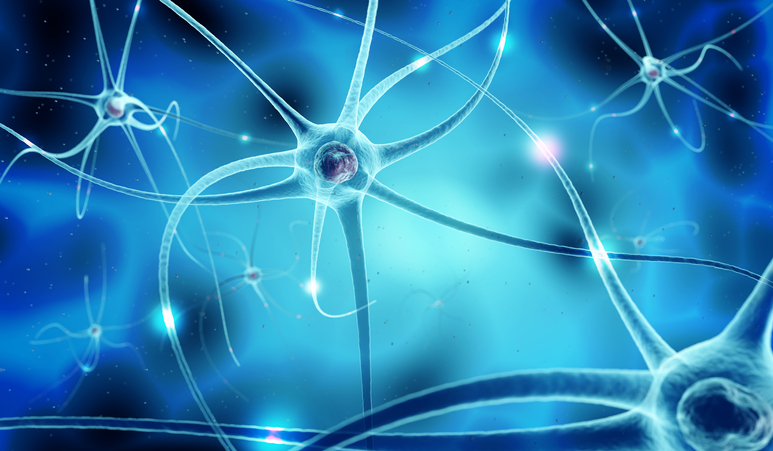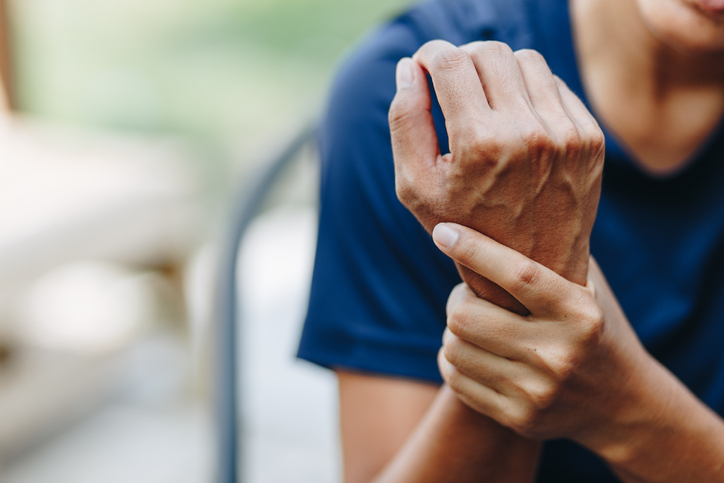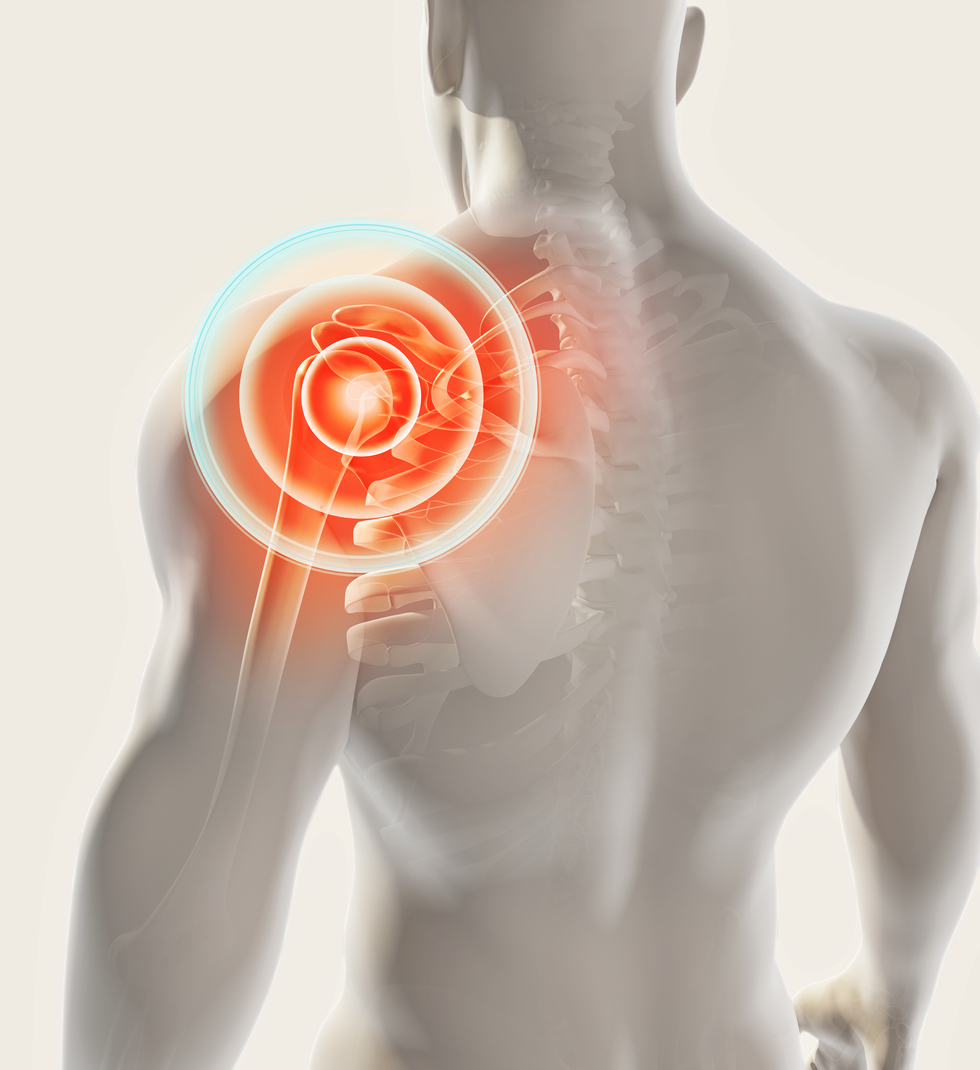Pain
Biopsychosocial Model of Pain

The biopsychosocial model of pain was introduced by Dr. George Engel in 1977. This widely accepted theory suggests that pain is a result not only of biological factors but also of psychological and sociological factors. Engel argued that the biomedical model of pain did not allow for the reason why two individuals with the same condition or injury can experience vastly different degrees of pain or disability.
The model considers the interaction of biological, psychological, and sociological factors that contribute to the experience of pain. Examples of biological factors include severity of the health condition, hormones, and genetics. Examples of psychological factors include mood, pain coping, and pain catastrophizing. Examples of social factors include gender roles, ethnic identity, discrimination, and health care provider bias.
According to the biopsychosocial model of pain, the treatment of chronic pain must be multifaceted. The primary treatment goal is to relieve physical pain, increase movement, and improve overall functionality; however, this model also accounts for potential barriers in recovery. Interdisciplinary care may include primary care, psychiatric care, physical therapy, occupational therapy, and case management. Treatment plans should be tailored to the individual based on their physical, psychological, and social needs.


















